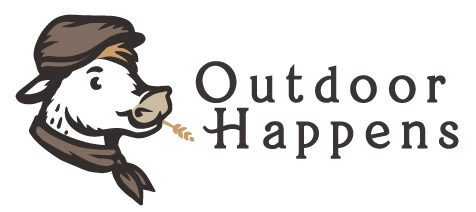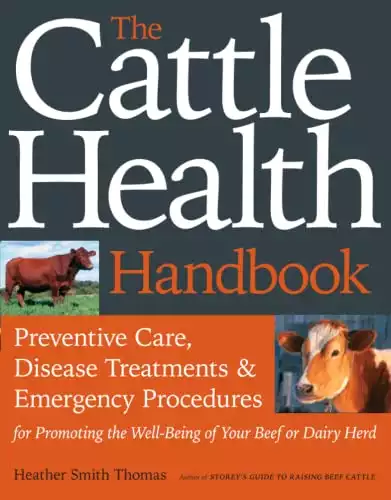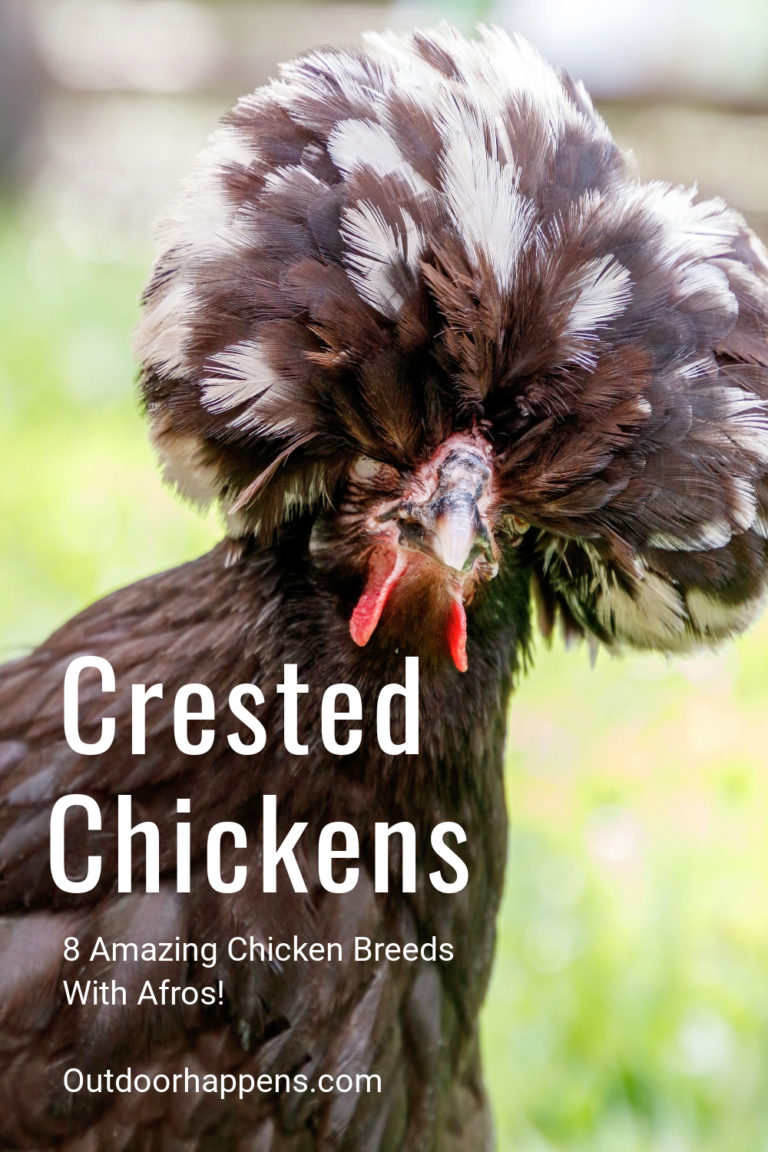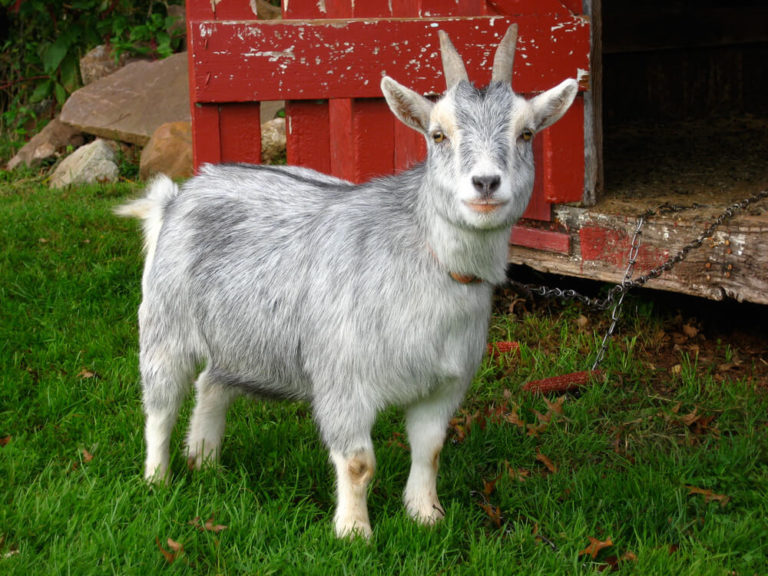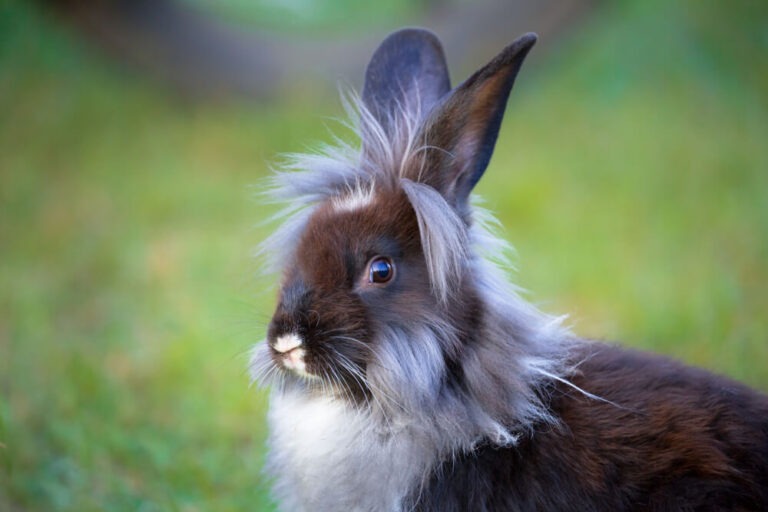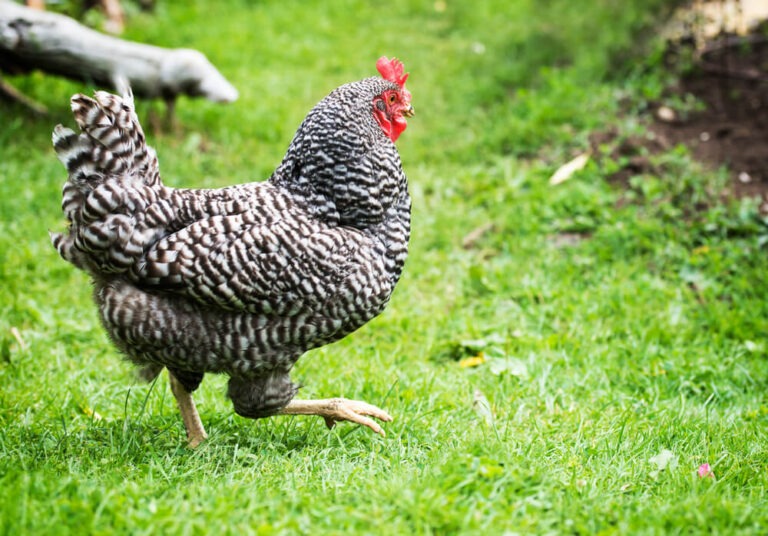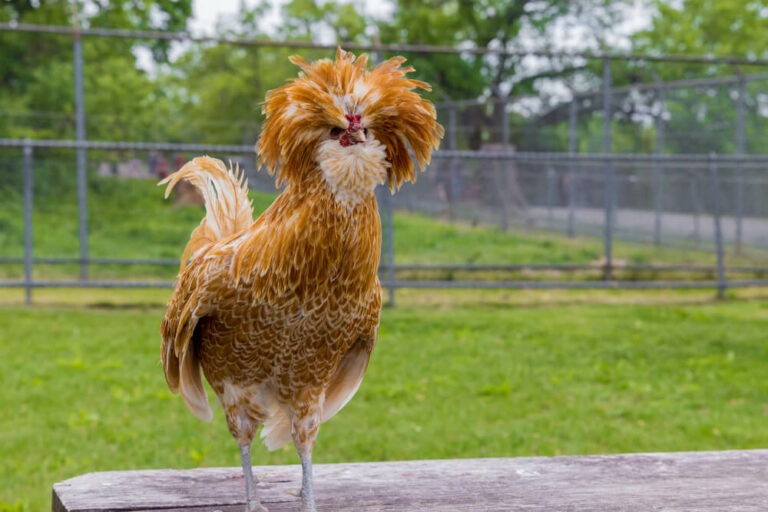How Long Do Cows Live on Your Homestead [Beef and Dairy 101]
Welcome! This article contains affiliate links, meaning I get a commission if you decide to make a purchase through my links, at no extra cost to you.
All creatures who are born eventually die. There is no exception to the rule. The only variation lies in the time each species gets to walk on Earth. But – what about cows? How long do cows live naturally? Is there a difference between how long dairy cows live and beef cows? We’re about to answer all your questions about the average cattle lifespan.
You may be a farmer, wondering how long you will enjoy the company of your cows. Other homesteaders wonder about cow lifespans, too. Or – you might be a regular dairy consumer, sipping a glass of delicious milk and being curious if the milk’s creator was still alive. And for how long would she be?
You may also be interested in animal welfare. And confused by a variety of numbers you come across when you inquire about the average cow lifespan. Or, you may get a question from your child.
In any case, we have all wondered at some point – how long do cows live?
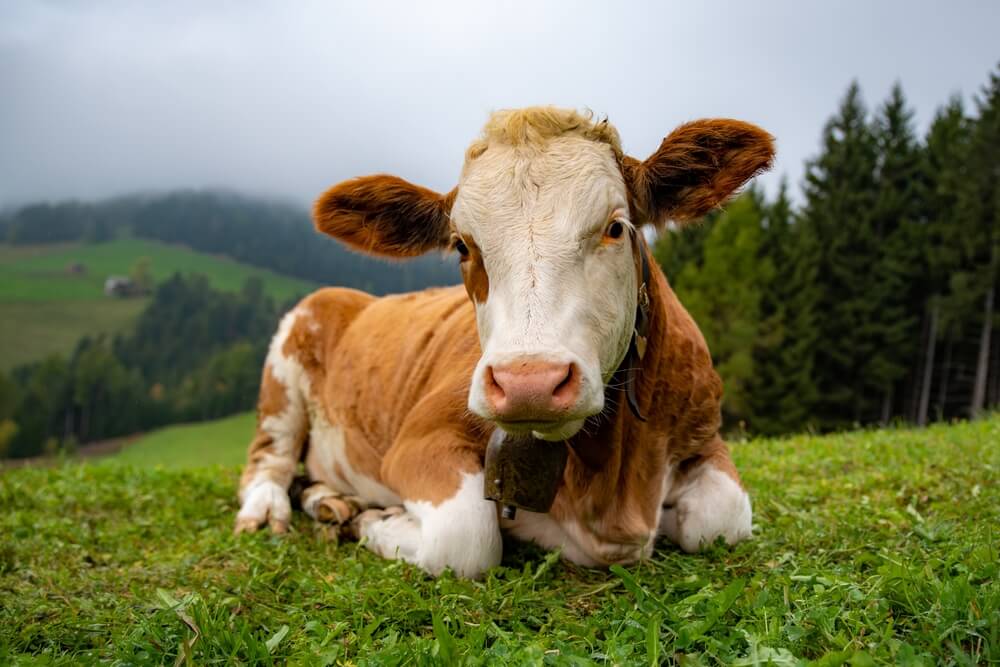
How Long Do Cows Live?
It depends! The mean lifespan of a domestic cow is 20 years, with sources mentioning averages from 15 to 22 years. (Some even say 30).
The two-decade lifespan is the natural life expectancy of a cow. In reality, beef and dairy cows usually get slaughtered or culled before they reach the bovine old age.
One question leads to another! And by now, you may be wondering the following. Why do these nerdy homesteaders need an entire article for a question that gets answered with just one figure?
There is a good – and practical – reason for that. Cow or cattle lifespans are not that simple. As pointed out above, there is a distinction between how long cows live naturally and how long cows live in various settings. Cow lifespans differ widely on homesteads and for industrial milk production. And beef production. Additionally, there is a slight variation across breeds.
Let’s break the cattle lifespan down into more detail – here is an overview of cow lifespans depending on their use on a farm or in the industry.
- As said priorly, cows naturally live for around 20 years.
- Commercial dairy cows are usually culled or sent to a slaughterhouse at five to six years old – after they’ve passed their peak production.
- Bull studs live for about six years when their fertility starts to decline.
- Beef animals (steers) live only 12 to 24 months. They get sent to slaughter when they reach the desired weight and then deemed finished.
- For grass-fed beef cattle, the time the cows finish usually comes when they are closer to three years old.
- Depending on how they get kept, beef cows (females) in cow-calf systems usually reach 10 to 12 years and are culled when they slow down with the calf production. And when they develop age-related health issues.
- The shortest lifespan is that of veal calves. Veal calves get slaughtered anywhere from a few weeks to eight months old.
- Many bull calves in the dairy industry are shot at birth because the veal market is not big enough to accommodate all the male dairy calves.
(We believe the short lifespan of bull calves is controversial. And terrible! We think the premature culling of bull calves is a crying shame. For humanity – and for animal dignity.)
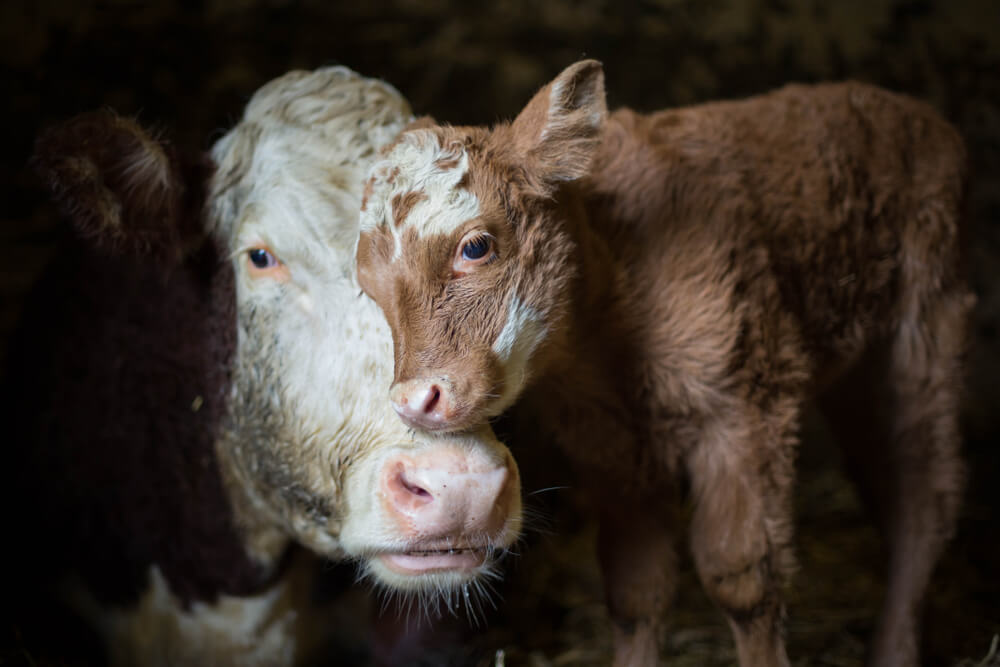
How Long Do Cows Live Naturally in the Wild?
Domestic cows do not live in the wild – and if left in the wild to their own devices, they probably wouldn’t live very long and comfortable lives.
On the other hand, it is interesting to note the lifespan of wild bovine cousins.
- American bison usually live up to 25 years. The oldest known bison was a bull from San Francisco’s Golden Gate Park who lived 30 years.
- Wild yaks usually live for about 20 years. In a domestic setting, wild yaks walk among us slightly longer – for around 25 years.
- The muscular Indian bovine Gaur (Bos gaurus) lives 20 to 30 years.
We could also argue that the average life span of wild bovines is the same or longer than their domesticated cousins. Wild cows get subjected to natural selection that favors the most resilient genetic material.
But human farmers select for traits such as muscle mass and milk production. They disregard the cow’s vitality and fitness in the process.
That is why farmers who prefer holistic or regenerative farming, with animals roaming freely as much as possible, often choose old, primitive cow breeds. They are closer to the original resilient animals.
Are you stressed out worrying about your cow's lifespan? Then read The Cattle Health Handbook by Heather Smith Thomas! You'll learn about vital nutritional deficiencies, bacterial diseases, and parasites that can negatively impact the longevity of your cow. You'll also discover helpful health management for cows and seasonal health issues. It's an excellent guide if you want to keep your cows healthy. And living long!
What Was the Oldest Cow in History?
The oldest cow in history and the holder of the Guinness record was a cow named Bertha from Ireland. In tune with the last paragraph of the previous section, she belonged to the ancient Irish Droimeann breed and got calved on St. Patrick’s Day in 1944.
After living a life of productivity, fame, and charity work, Bertha died on New Year’s eve of 1993, just three months before her 49th birthday. That means that she lived more than double what she was supposed to!
Besides the lifespan record, Bertha holds more honors – she is the cow who birthed the most calves over her lifetime. This legendary cow became a momma cow 39 times, helping save her ancient breed from extinction! It would be interesting to study if her offspring inherited her long-lived genes.
(Bertha is another reason we say the average cow’s lifespan is tough to define with certainty. There are a ton of variables! Including the cow’s environment, diet, genetics, health, and cattle breed. And luck!)
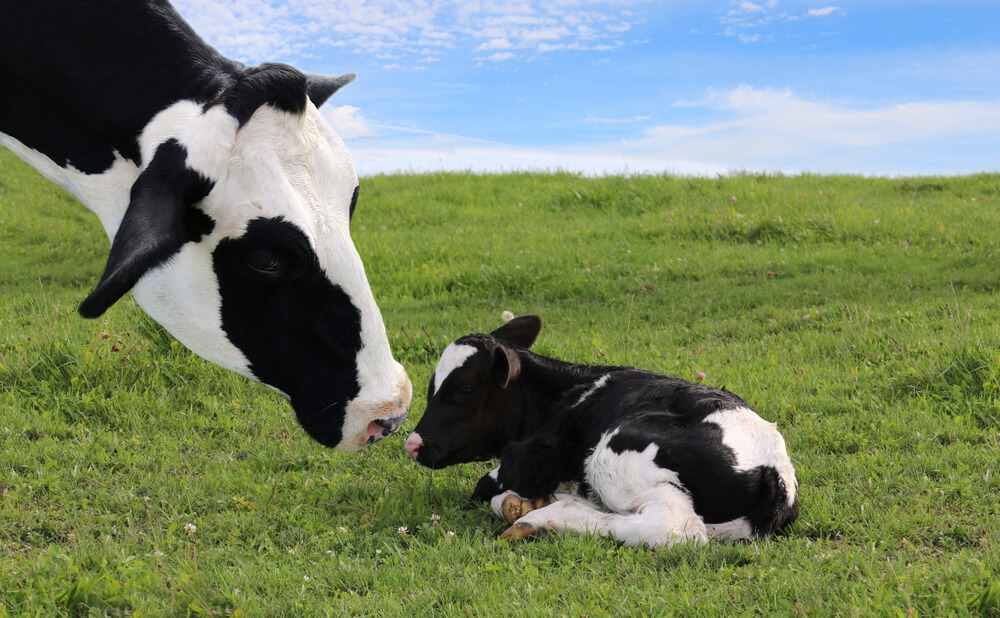
Do Dairy Cows Get Slaughtered for Meat?
Yes! Many people are surprised upon discovering that dairy cattle get slaughtered for meat. Just like beef industry cows! Contrary to popular belief of farming-naive individuals, dairy cows and beef cows end up on the same human plates. Around 21 percent of beef in the US comes from milk cows who have passed their prime. The figure is even higher in the UK, with 40% of cow beef coming from the dairy industry.
How Long Do Dairy Cows Live?
The dairy cows in large farms have their first calf at about two years old. The cows remain at their maximum production for three to four additional years. After that, they get culled or slaughtered. The cows could also get sold to smaller farms and homesteads, depending on their overall health.
Add these two figures, and you’ll get that the average lifespan of a dairy industry cow is five to six years.
Of course, many small scale-farmers take a different approach and carefully watch their cow’s productivity and health to know if and when it’s time to cull.
According to our best research, a small-scale production cow can stay highly productive until nine years old. But many family-scale farmers treat their cows as family members and have them live out their natural lifespan. If the animal’s health is fine and the cost of keeping them alive is bearable, there is no reason to cull them prematurely. As for productivity obsession, most families do not need large volumes of milk every day.
However, there are situations when farmers regret not culling their old cows after watching them suffer a health decline and poor death. All in all – each case is different.
Read More – How Much Milk Do Dairy Cows Make? This Much!
How Long Do Beef Cows Live?
Meat is the main reason for raising beef cattle – meaning that as soon as they reach the desired weight? They get sent to slaughter. Slaughter happens when they are between one and two years old. And usually at 18 months. Meaning the beef steer’s lifetime is no longer than two years.
The figures above go for grain-fed beef. Grass-fed animals may take a bit longer to finish because they consume fewer calories per meal. Thus, their lifetime is usually around three years.
Things are mildly different with beef cows, especially those in ranchland cow-calf systems. These cows get to live in large herds, usually breeding naturally. Although they can live up to 20 years, their fertility substantially drops after age 12, so most (commercial) farmers decide to cull them at this point.
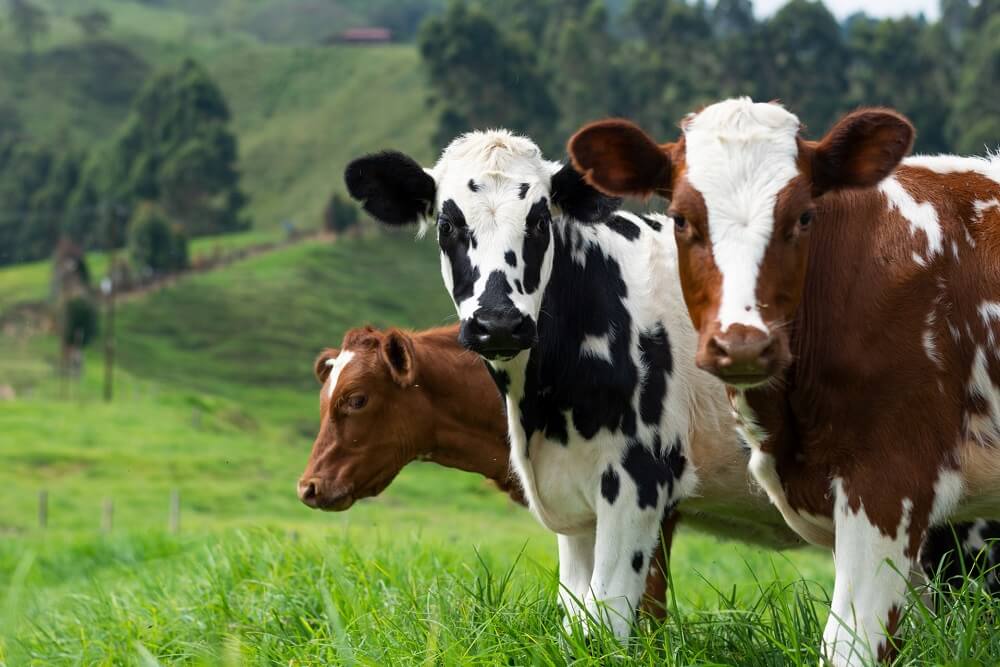
What’s the Average Lifespan We Can Expect from Our Cows on the Homestead?
Some ranchers will look at resources and studies and conclude that they have to end an animal’s life at a certain age. But the answer isn’t so clear-cut!
Each cow’s health, fertility, and milk production varies individually. Unless the animal is sick from a transmittable disease, there is no obligation to cull it at any particular age. Or at all! Each farmer needs to track their animal’s well-being and performance and make decisions based on their data rather than general rules.
I always suggest keeping your cows alive and well until it becomes evident that they cannot fulfill your family’s needs or that their health has declined to the point of no return.
If you take care of your cows well and if the cows come from good genetic stock, you can expect them to live for about 20 years.
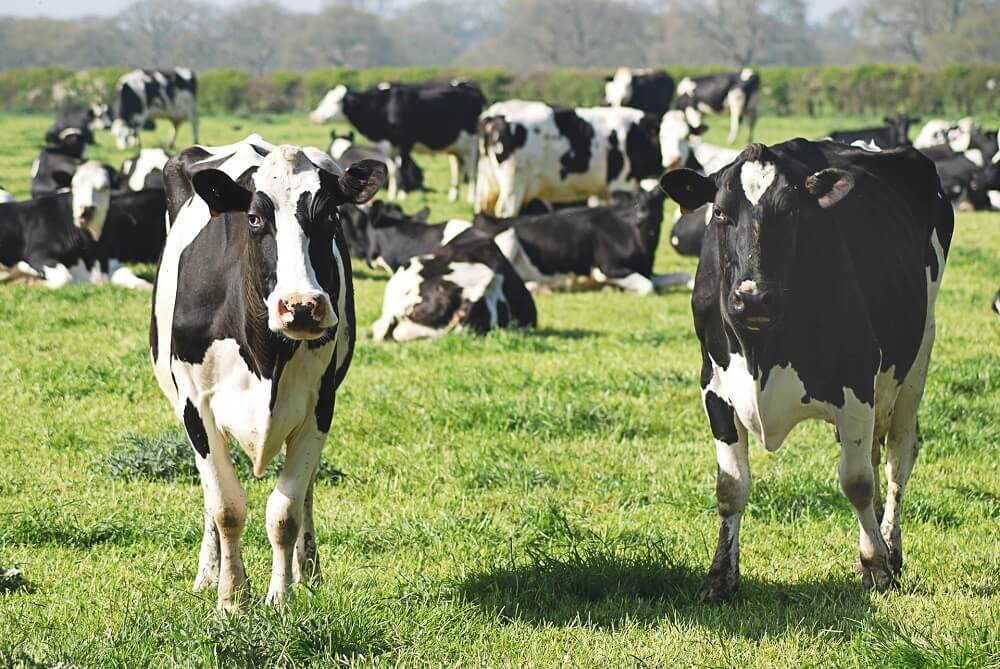
Cow Lifespan Across Breeds
Cow lifespans vary across different breeds. But are these differences so significant?
Let’s find out by looking at some of the most famous cow breeds.
How Long Do Angus Cows Live?
The average lifespan is tricky to pin down with certainty. Being a beef breed that rarely reaches the end of its natural life, the lifespan of Angus cattle is arguably unmeasured, believe it or not! Some sources claim that the lifespan is up to 15 years, with most animals slaughtered at five to six years. Other sources say that the functional lifetime of Angus bulls (in South Australia) is around 2.3 years.
How Long Do Jersey Cows Live?
Jersey cows are known for their longevity. If well-cared for, it is not rare for a Jersey to reach 25 years old. The oldest known jersey cow lived in a sanctuary in the UK and died at the age of 37.
How Long Do Mini Cows Live?
Of all the cow breeds, one could say that the mini cows have the best luck when it comes to (literally) living life to the fullest. Kept predominantly as small farm cows, family, or even pet cows, they get culled less frequently before their natural death, which could happen after 18 or more years. (Except for beef minis that only get to live for two years).
Another reason for the longer lifespan of mini cows is that they eat only one-third of the food that a standard cow needs, meaning that even when their productivity starts to go down, it doesn’t cost as much to keep them alive.
Which Cow Breeds Live the Longest?
According to our best research, the Jersey cow and the Droimeann are among the longest-living cow breeds. However, they’re probably not the only cow breeds capable of living long lives. But due to many individuals failing to reach old age, we feel the available data on the average cow lifespan is tremendously inadequate.
However, as a general rule, older (primitive) and lighter breeds have longer lifespans.
Read More – How Much Does a Dairy Cow or Meat Cow Cost?
Cow Lifespan FAQs
Figuring out the average cow’s lifespan is trickier than most farmers think! We penned the following list of questions and answers to help you brainstorm cow lifespans anyway. We hope it helps!
The natural lifespan of a domestic cow is about 20 years. However, since millions of cattle get slaughtered yearly in the US alone – much of the data regarding the average cow lifespan is confusing. Big time!
Read More – https://downloads.usda.library.cornell.edu/usda-esmis/files/r207tp32d/pg15cj85z/hd76t466z/lsan0422.pdf
Of course, some cows will get to live beyond the average for their species – especially if well-cared-for. Take Big Bertha as an example! Big Bertha was the oldest-known cow we could find. Bertha lived from 1944 to 1993 and died when she was 48 years and nine months. Bertha belonged to the old Irish Droimeann breed.
Industry dairy cows are usually slaughtered at five to six years old because it is the most economical solution for declining productivity in an industrial setting. Dairy cows on family farms can live for longer – it depends on the farmer’s needs, the cow’s productivity, the cost of keeping them alive, and their health and quality of life.
Depending on their health, dairy cows are either slain for meat or culled at the end of their days. A substantial portion of beef on the market comes from dairy cows. On the other hand, farmers can buy aged milk cows that have passed their prime but can still satisfy the milk needs of an average family, thereby increasing their lifespan.
Beef steers raised for meat live for up to two years until they gain enough weight for slaughter. On the other hand, mothers of these animals – the beef cows – live for 10 to 12 years and sometimes even longer if kept in a cow-calf system.
Read More – How Fast Do Cows Run? You Won’t Believe the Answer!
Conclusion
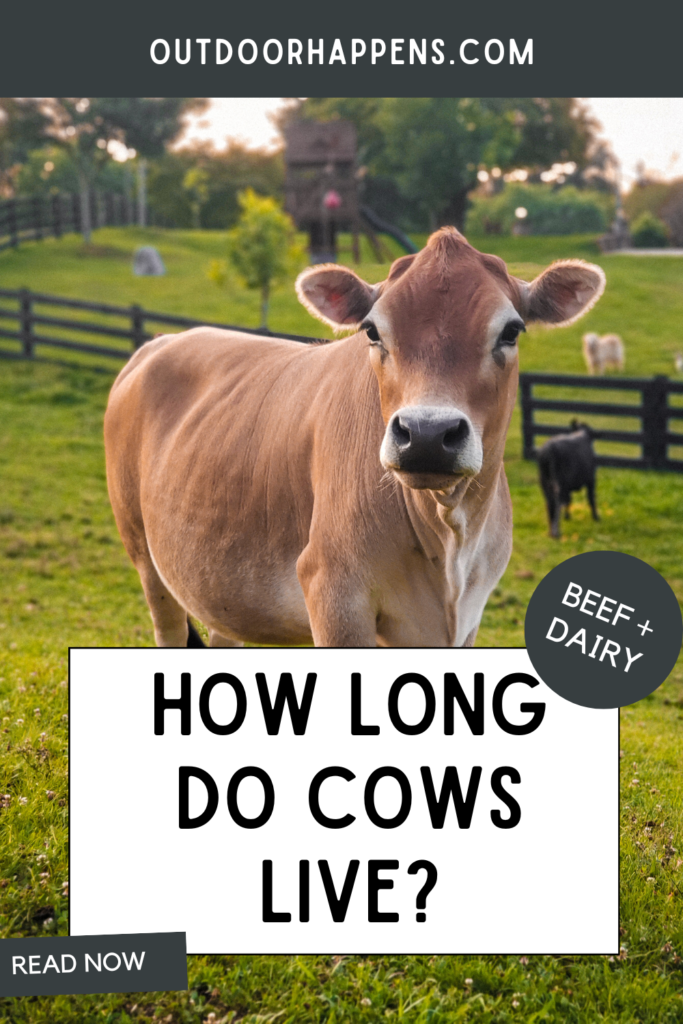
The answer to the question of cow lifespan goes in two directions – the first query is the natural life expectancy of a cow. The second question is how long the animal is allowed to live in different settings.
The animal’s purpose on the farm, its breed, genetics, overall health, and the farmer’s motivations and preference all influence how long a cow or a bull will stick around.
In this article, you learned that cow lifespan varies. Big time!
- You learned about the direly-short lifespans of bob veal calves. They often get culled only after a few months.
- You also learned that beef steers live for around one to two years.
- Some cows are luckier! Consider the 20 to 30-year lives of family or sanctuary cows.
- And don’t forget the record-holder Big Bertha passing at almost 49 years old!
Whatever a particular cow’s lifespan ends up to be? It is of the uttermost importance for the animal to receive high-quality care and remain in good health over its lifetime. Although humans love numbers, the quality of life is often more important than quantity.
So – if you have a cow or are a rancher? You can help increase the cow’s life expectancy. And – please treat your cow like a king (or queen) while they are alive!
What about you? What is the average cow lifespan on your farm or homestead?
We’d love to hear your feedback!
Thanks so much for reading.
And – have a great day!
